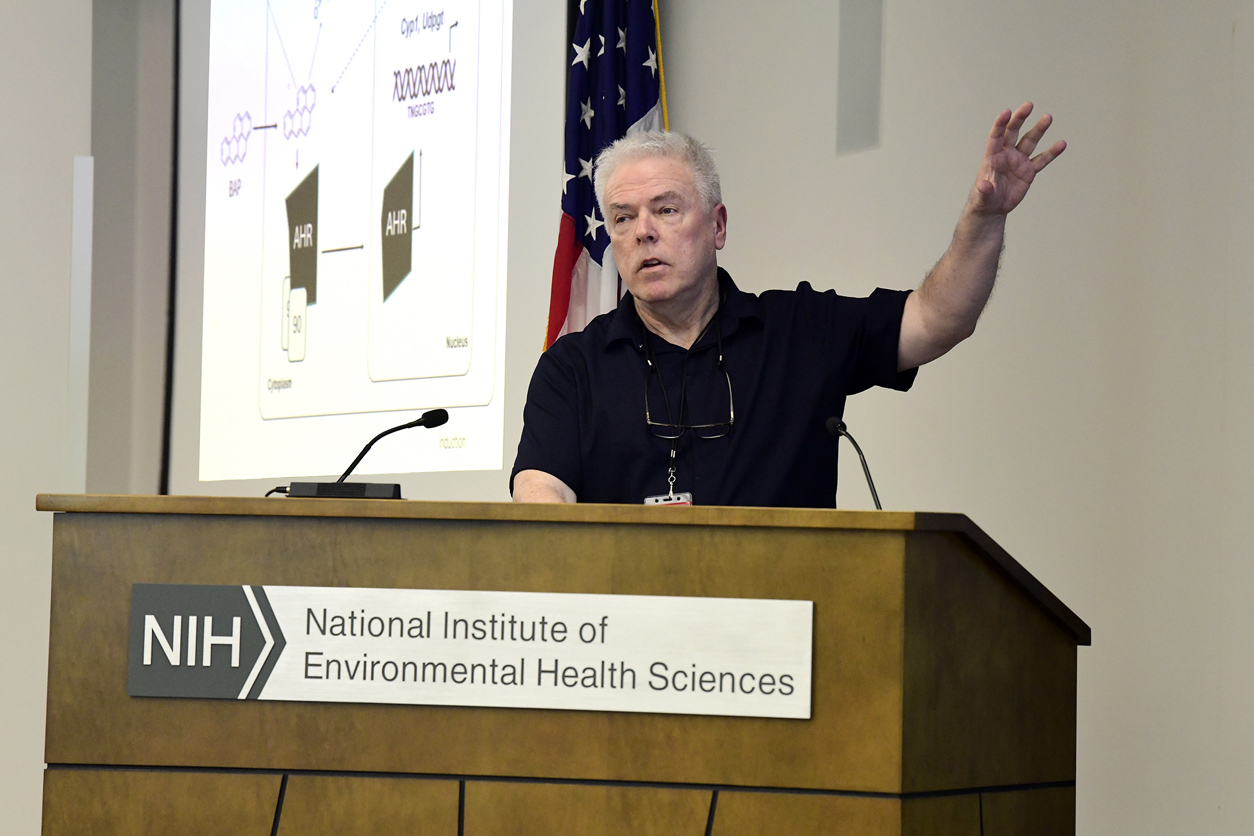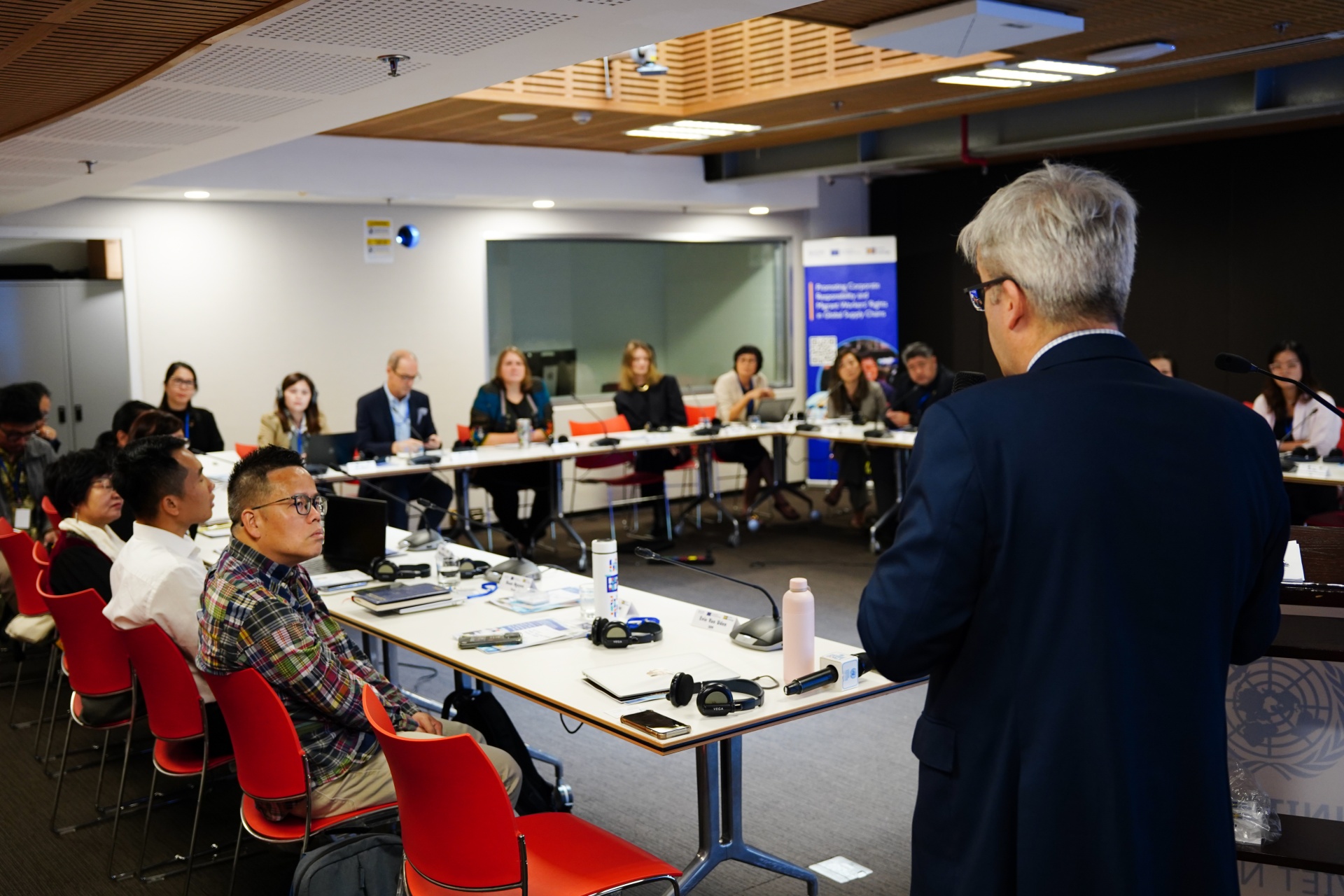Mainers are building energy-saving window inserts for one another – Centralmaine.com

Report on WindowDressers Initiative and its Contribution to Sustainable Development Goals
Introduction and Organizational Mission
The nonprofit organization WindowDressers, based in Rockland, Maine, is actively addressing key sustainability challenges through a community-based program. The organization facilitates the production and distribution of low-cost, custom-sized insulating window inserts. This initiative is designed to improve household energy efficiency, reduce heating costs, and lower fossil fuel consumption, directly aligning with several United Nations Sustainable Development Goals (SDGs). The program operates on a “community build” model, where volunteers, including recipients, construct the inserts, fostering community engagement and ensuring affordability.
Program Impact on Energy Affordability and Poverty Alleviation (SDG 1 & SDG 7)
WindowDressers provides a tangible solution to energy poverty and promotes affordable energy, contributing directly to SDG 1 (No Poverty) and SDG 7 (Affordable and Clean Energy). By reducing heat loss through inefficient windows, the inserts lower energy bills for New England residents, particularly those on fixed or low incomes.
- Financial Relief: The program offers significant financial relief to households facing high energy costs. An estimated 39% of all inserts are distributed to low-income customers.
- Accessibility: Individuals qualifying for public assistance programs can receive up to 10 inserts for free or at a pay-what-you-can rate, removing financial barriers to energy efficiency.
- Cost Savings: A typical insert for a 30″ by 52″ window costs between $50 and $67, a fraction of the cost of window replacement, while providing substantial long-term savings.
Environmental Contributions and Climate Action (SDG 12 & SDG 13)
The initiative makes a direct contribution to SDG 13 (Climate Action) and SDG 12 (Responsible Consumption and Production) by reducing residential energy consumption and the associated carbon emissions.
- Reduced Fossil Fuel Consumption: According to a 2023 analysis, each window insert can save approximately 8.5 gallons of heating oil annually. With over 70,000 inserts distributed since 2010, the cumulative impact on reducing fossil fuel dependence is substantial.
- Production Growth: The organization’s output is increasing, with over 10,500 inserts produced last year, up from 10,000 the previous year, indicating a growing contribution to climate change mitigation.
- Sustainable Production and Durability: The inserts are designed for longevity, with a lifespan of at least 10 years, promoting responsible consumption. The volunteer-driven production model minimizes labor costs and reinforces a sustainable, community-focused approach.
Fostering Sustainable Cities and Communities (SDG 11)
The core operational model of WindowDressers is centered on community participation, which strengthens social cohesion and builds local capacity, in line with SDG 11 (Sustainable Cities and Communities).
- Community Engagement: “Community build” events, such as the one at First Parish Church in Portland which produced over 300 inserts, bring together diverse groups of volunteers, including customers, community members, and students.
- Volunteerism Requirement: Customers are asked to contribute approximately four hours of labor for every three to five inserts they order. This model keeps costs low while fostering a sense of shared purpose and collective action.
- Intergenerational Collaboration: The involvement of students from local schools, such as King Middle School, provides educational opportunities and promotes civic responsibility, helping to build a more engaged and sustainable community for the future.
Analysis of Sustainable Development Goals in the Article
1. Which SDGs are addressed or connected to the issues highlighted in the article?
-
SDG 1: No Poverty
The article highlights that the window inserts offer “real relief” to “lower-income residents” facing high energy bills. By providing free or low-cost inserts, the program helps alleviate financial burdens, which is a direct contribution to poverty reduction.
-
SDG 7: Affordable and Clean Energy
The core function of the window inserts is to improve energy efficiency by keeping heat indoors. This reduces the amount of energy needed for heating, making it more affordable for residents and promoting a more efficient use of energy resources.
-
SDG 11: Sustainable Cities and Communities
The initiative is built around “community build” sessions that bring people together, including students and older adults. This fosters social cohesion and community engagement, contributing to the creation of inclusive and resilient communities. The article quotes a volunteer saying it’s about “building a better community.”
-
SDG 13: Climate Action
The article explicitly states that the inserts “help cut down on overall fossil fuel usage” and that volunteering is a “concrete thing that they can do to help mitigate the causes of climate change.” This directly addresses the goal of taking action to combat climate change and its impacts.
2. What specific targets under those SDGs can be identified based on the article’s content?
-
Target 1.4: Access to basic services for the poor and vulnerable
The program ensures that vulnerable populations have access to a basic service—affordable home heating. It achieves this by offering “up to 10 unpainted inserts for free or at a pay-what-you-can rate” to those who qualify for public assistance, directly improving their economic resilience.
-
Target 7.3: Double the global rate of improvement in energy efficiency
The entire purpose of WindowDressers is to improve household energy efficiency. The article describes how the inserts “plug drafty windows and keep heat indoors,” which is a direct measure to increase energy efficiency at the household level.
-
Target 11.6: Reduce the adverse per capita environmental impact of cities
By reducing the consumption of heating oil, a primary fossil fuel, the program helps lower the carbon footprint of households within the community. The article notes that each insert can save “about 8.5 gallons of heating oil,” contributing to a reduced environmental impact.
-
Target 13.3: Improve education and awareness-raising on climate change mitigation
The program engages community members, including “dozens of students from King Middle School,” in a hands-on activity that directly mitigates climate change. This participation serves as a form of education and awareness-raising, empowering individuals to take concrete climate action.
3. Are there any indicators mentioned or implied in the article that can be used to measure progress towards the identified targets?
-
Indicator for Energy Savings and Efficiency (Target 7.3)
The article provides a specific metric for energy savings: “each insert can save about 8.5 gallons of heating oil… each year.” This is a quantifiable indicator of improved energy efficiency.
-
Indicator for Financial Relief (Target 1.4)
A direct financial indicator is mentioned: “about $28 in annual savings per window for oil users.” This measures the economic relief provided to households, particularly relevant for low-income families.
-
Indicator for Program Reach to Vulnerable Groups (Target 1.4)
The article states, “About 39% of last year’s inserts went to low-income customers.” This percentage serves as an indicator to measure how effectively the program is reaching its target demographic of poor and vulnerable households.
-
Indicator for Scale and Community Engagement (Targets 11.6 & 13.3)
The scale of the initiative is measured by the total output: “WindowDressers has distributed more than 70,000 inserts since it was founded in 2010,” and “Last year, volunteers produced more than 10,500 inserts.” These numbers indicate the overall impact and level of community participation in climate action.
4. Summary Table of SDGs, Targets, and Indicators
| SDGs | Targets | Indicators |
|---|---|---|
| SDG 1: No Poverty | 1.4: By 2030, ensure that all men and women, in particular the poor and the vulnerable, have equal rights to economic resources, as well as access to basic services. |
|
| SDG 7: Affordable and Clean Energy | 7.3: By 2030, double the global rate of improvement in energy efficiency. |
|
| SDG 11: Sustainable Cities and Communities | 11.6: By 2030, reduce the adverse per capita environmental impact of cities. |
|
| SDG 13: Climate Action | 13.3: Improve education, awareness-raising and human and institutional capacity on climate change mitigation. |
|
Source: centralmaine.com
What is Your Reaction?
 Like
0
Like
0
 Dislike
0
Dislike
0
 Love
0
Love
0
 Funny
0
Funny
0
 Angry
0
Angry
0
 Sad
0
Sad
0
 Wow
0
Wow
0
















































/environment-climate-change-and-health-(ech)/water-sanitation-hygiene-and-health-(wsh)/landfill-tuvalu-36092.tmb-1200v.jpg?sfvrsn=5c21fe40_1#)

.jpg.webp?itok=0ZsAnae9#)


























